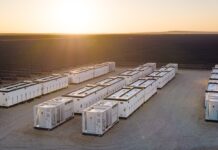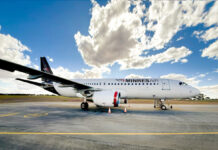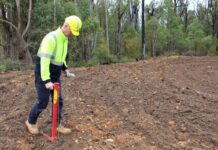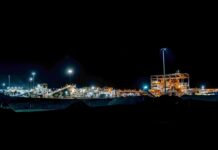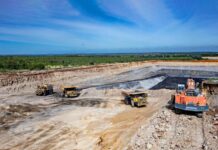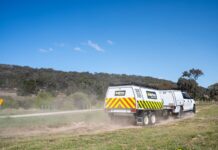EMESENT has updated the capabilities of its Hovermap drones, allowing them to fly beyond line of sight and communications range into unmapped areas.
Hovermap’s Autonomy Level 1 technology, in operation for nearly two years, has now been updated to the new Autonomy Level 2 technology (AL2), the world’s first plug-and-play payload for industrial drones.
This update provides autonomous beyond-line-of-sight and GPS-denied flight, enabling the drones to be used in the development of stopes, drifts and tunnels in mines, as well as the analysis of conditions and security prior to sending in personnel.
Building on Emesent’s Hovermap simultaneous localisation and mapping (SLAM) autonomous flight system, the AL2 enables companies to map, navigate and collect data in challenging inaccessible environments such as mines, civil construction works, telecommunications infrastructure and disaster response environments.
PYBAR Mining Services chief technology officer Andrew Rouse says the AL2 is a game changer.
“It takes Hovermap into places that even the most experienced pilots would fear to venture, enabling us to obtain critical data in real time without risking the machine,” he said.
“We are already seeing great benefits to our workflow and operational efficiency from using the new technology.”
Emesent chief executive Stefan Hrabar said the upgrade to AL2 is a huge step forward for drone autonomy and a massive benefit to industries like mining, civil construction and emergency response.
“With the intelligence to navigate environments without prior map, customers can use the system, to carry out complex missions, secure the safety personnel and drive greater efficiency in their operations,” he said.
Emesent’s technology builds on a decade of award-winning research by CSIRO’s Robotics and Autonomous Systems group into drone autonomy and 3D LiDAR-based SLAM techniques.
AL2 is compatible with several DJI Enterprise drones, including the new DJI Matrice 300 RTK.

